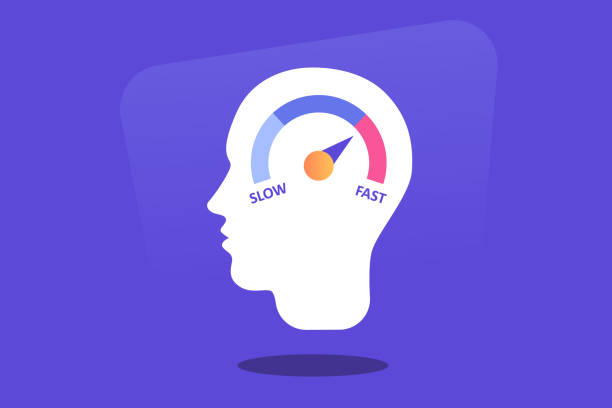Marketing Psychology & Consumer behaviour (part 1)

The concept of "thinking fast and slow" is a fascinating topic. It explains the differentiation between two types of mental processes; System 1 and System 2. Kahneman (2012) explains how System 1 works almost automatically, and allows one to draw a conclusion without much information (fast and intuitive). System 2, on the other hand, works the other way around. System 2 consists of thinking consciously, processing information and drawing conclusions based on that (slow and analytical).
An interesting experiment related to this concept was conducted by Ariely. It demonstrates the power of System 1 thinking and how it can often lead us astray. We rely on our intuition and quick judgments, which can be influenced.
Ariely showed 100 people an advertisement for a membership. The ad gave consumers three choices:
- Choice 1: Online membership for $59 dollars,
- Choice 2: The paper version of the membership for $125 dollars,
- Choice 3: Both the online and paper version for $125 dollars as well.
16% chose the first option and 84% chose the third option. Of course, no one chose the second option. Option two is an odd option, not beneficial at all. No one will choose it, so why not eliminate this option? What emerged from the experiment is that when Ariely removed option two and had 100 consumers choose only between option one and option three, 68% chose option one. The most expensive option, option two, was now chosen by only 32%. Previously, 84% had chosen this option (Ariely, 2010).
This psychological phenomenon is known as the decoy effect. The appearance of a third option, the so-called "decoy," which logically should not influence the decision-making process, can persuade consumers to choose one offer over another (Huber et al., 1982).
So, what can marketers learn from Ariely's experiment?
To influence consumer behaviour and increase sales of a specific product, introduce a decoy option that is less attractive than the targeted product in terms of price, features or quantity. This will increase the perceived attractiveness of the targeted product and drive sales. Huber et al. (2014) found that small changes in the decoy's position are critical to the effectiveness of the effect.
The context-dependence of choice behaviour plays a big role, and configuring the right set of choices is critical. Different segments of consumers have different preferences and decision-making processes. To maximize the influence of the decoy effect, it is crucial to gather understanding of the target audience in order to develop decoy options that appeal to certain preferences. For example, younger consumers might be more influenced by a product's features, whereas older consumers might be more influenced by the price.

.png?width=1252&height=732&name=NOV-blog-CTA-01%20(1).png)


